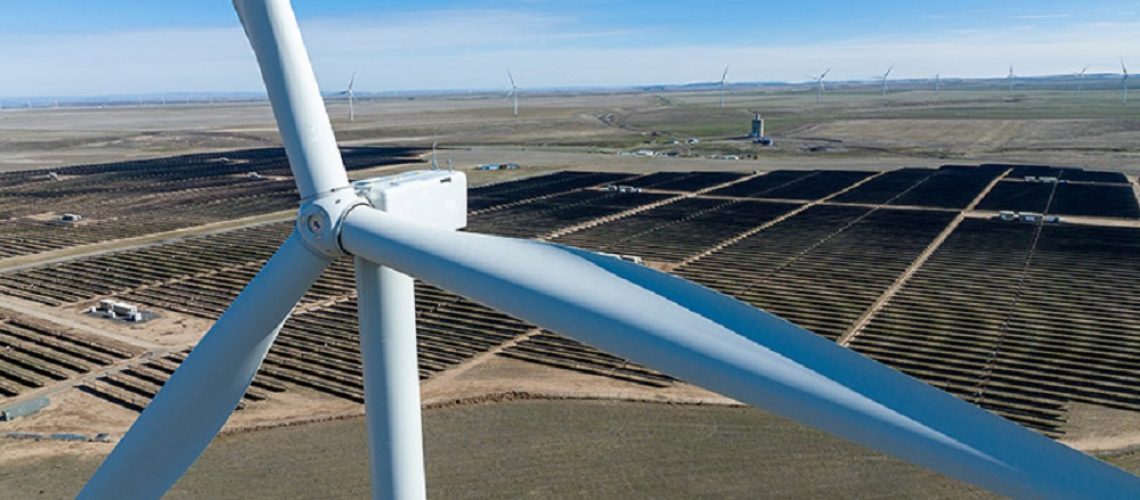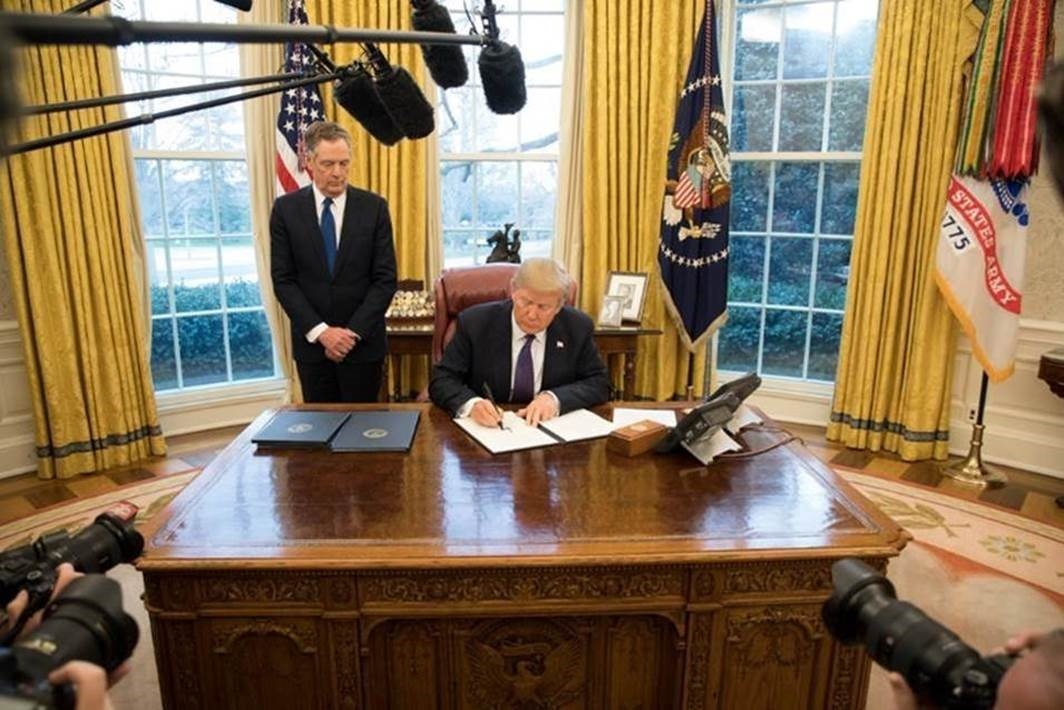Term Loan B funding may be a multi-trillion-dollar pool made available to renewable energy development. KeyBanc managing director Andrew Redinger shares his view of the evolving market in a white paper.
Renewable energy’s share of electricity generation has grown 42% from 2010 to 2020, said the Center for Climate and Energy Solutions, increasing to about 20% of utility-scale generation in the U.S.
While there have been bumps along the road, the inevitable energy transition, boosted by the emergence of mission-driven investing, has attracted “an unprecedented wave of investment”, said Andrew Redinger, Managing Director and Group Head of Utility, Power & Renewable Energy for KeyBanc Capital Markets, in a white paper.
Bloomberg NEF reports that global investment in renewables totaled $226 billion in the first half of 2022, an increase of 11% year-over-year from 1H 2021. Redinger discussed this growth at the 2022 RE+ conference in Long Beach, California.
Redinger said KeyBanc has long been involved in renewables, giving it an early foothold in a rapidly evolving industry. Under his leadership over the last two decades, KeyBanc has committed more than $12.3 billion to renewable energy clients, and has financed a cumulative capacity of 43 GW of capacity.
“We bank most of North America’s investor-owned utility companies, and have been doing so since the late 1990s,” said Redinger. “In 2007, we saw that renewable energy was coming on like a freight train as an opportunity that could complement our core business.”
In the last 24 months, the KeyBanc director said renewable energy in the institutional investment world has gone “from niche to mainstream.”
One sign of this mainstream nature is an increase in competition in the sector. Redinger said when KeyBanc got started in the space, developers wouldn’t approach the bank until they were ready to put a shovel in the ground. Now, they’re approaching banks months or even years before breaking ground for construction.
“That’s just a natural maturation of the industry – as more capital has come in, capital providers have to be more aggressive to win deals, and that means lending earlier and earlier,” said Redinger.
Renewable energy investment has evolved from the “Yieldco” financing era of the mid 2010s. At the time, the industry was ready to take another step forward, but was held back by a lack of capital. A solution that emerged was a structure that allowed developers to put assets in a C-Corporation and then attract investors looking for a yielding product.
However, this model did not lead to long term buy-and-hold investors. Hedge funds snapped up these assets, and when “clouds appeared on the horizon” they sold, and the market collapsed.
Redinger said the profile of investors is different now, though, and he expects a much better reaction from equity markets. “This new batch of IPOs won’t be dividend-paying entities, they’ll be buying and holding renewable assets with a tremendous amount of growth potential. So, they’ll be growth vehicles versus yield vehicles,” he said.
The Inflation Reduction Act is expected to further supercharge renewables investment, which Redinger said was already so red-hot that it was not necessary in his view. He likened the $369 billion package to throwing gasoline on a roaring bonfire. Regardless, he said tax credits will help accelerate renewables procurement, which has now doubled 2030 projections following the legislation.
While project-based financing has carried the torch for the energy transition, Redinger said he sees a new massive source of capital opening to the industry. Once potential source is the multi-trillion-dollar Term Loan B marketplace.
“That marketplace tends to lever these deals up more than banks, they tend to be less restrictive and, I think, that will end up being a better source of capital for renewables,” said Redinger.
Redinger admits that there may be more bumps on the road for the renewables sector as the U.S. navigates supply chain constraints and grid interconnection issues, but the long arc looks very promising for the industry.
“There is so much incentive now to go out and get these projects built and operating,” he said. “We may hit a couple of speed bumps here in the near term, but we’re going to figure it out.”





